Cinematography [2023]: The What, How & Why
Rent film gear from local filmmakers.

Rent film gear from local filmmakers.
Go in-depth with:
Defining the art of cinematography
What is cinematography? Well, much like everything else in the creative industry, cinematography is an art form. In dictionary terms, cinematography is "the art of making motion pictures."
Cinematography involves multiple cinematic elements, such as scene composition, framing, choice of camera, lens choices along with other camera gear, camera movement, lighting setup, depth of field, zoom, camera focus, colour, exposure, and potentially the inclusion of special effects.
If that sounded like quite the mouthful, you got it right! There is a lot to cinematography. Your cinematography choices will influence how the audience responds to what they are seeing.
Cinematography Techniques 101 with DOP Ties Versteegh
Interested in Cinematography? Meet your instructor Ties Versteegh, who will go through the corners of cinematography in this Masterclass session.
Trailer
NFmmsLm33bI
Intro
0
X7zTyeITZGs
Shots & Angles
52
Opening Shots
294
Closing Shots
371
Lighting
492
Camera Focus
718
Camera Placement
753
Camera Movement
797
Filters
845
Emotions in Film
885
Creating stories
943
Gear
1070
Ending
1337
Meet Your Instructor
Wekzb_f2jIM
What you’ll learn
Why you should never zoom when the camera is moving.
Why you should never do a focus pull in your shots.
Why should you never show something that’s asymmetric.
How to nail the Dutch angle or the American shot.
How to get the opening and closing shots right.
How to use different lighting techniques for your shots.
Why you should always tell your story in one frame.
Why you should turn down your aperture when shooting cinematic.
However, merely defining cinematography as an art form is mildly misleading. Making films is not just a special kind of art. True, it's part of it, but there is so much more to it.
Much like languages, it takes years to cultivate. If you've ever tried to learn French, you know the struggle is real. A skilled cinematographer needs to be able to communicate various techniques used to capture the shots.
Technical speaking, cinematography is the art and science of recording light either electronically onto an image sensor or chemically onto film. It's taking a series of shots and form them into a cohesive narrative. Cinematography composes each shot and considers where everything in the frame demands attention.
The difference between photography and cinematography
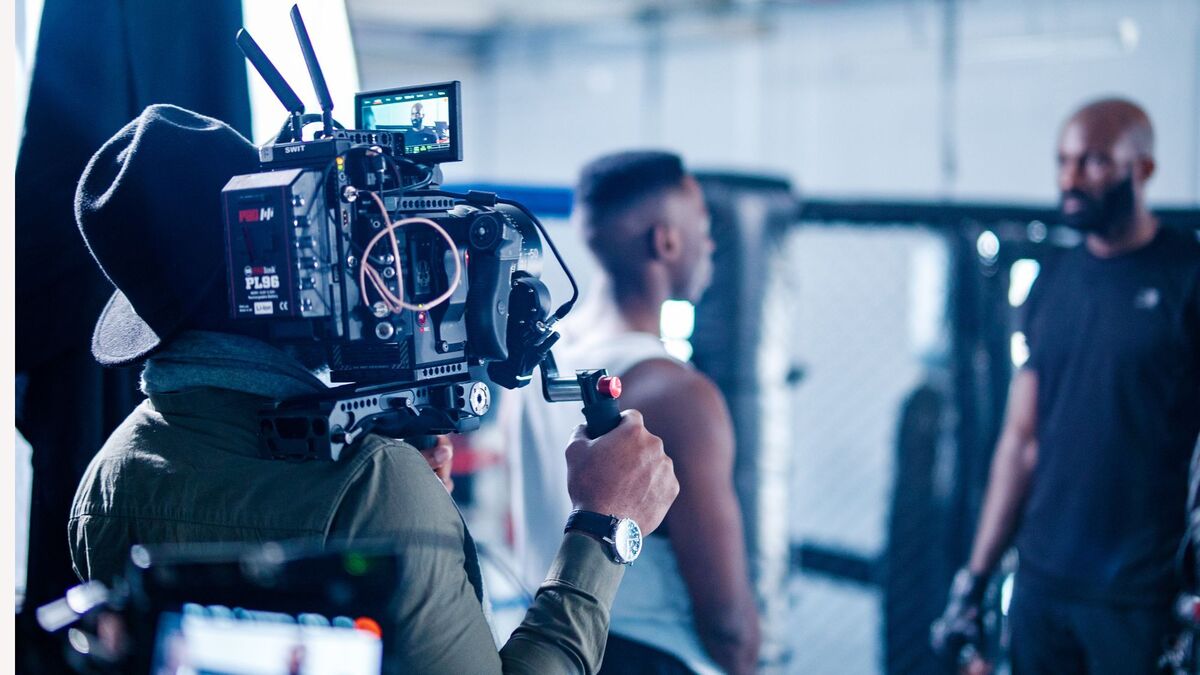
Both activities end with "graphy," and I would say that's the place, they share the most resemblance.
Photography may be a complete work in itself; cinematography entails dealing with relations between shots and a group of shots.
Photography also allows for much more self-independence in work. Cinematography is far more collaborative and relies very much on a bunch of people. The cinematographer will not do it alone but rather work in conjunction with script supervisors, directors, lighting crew, actors, and many others.
Put in another way; photography is COVID-19 friendly, cinematography… not so much.
Why Is Cinematography Important?
Apart from actually making the movie?
That is the important part! No secret treasures or hidden clues.
Cinematography is about setting and supporting the overall look and mood of the film. It is the cinematographer's task to make all the director's visions come true. A cinematographer is like a fairy godmother of filmmaking.
What does a cinematographer do?
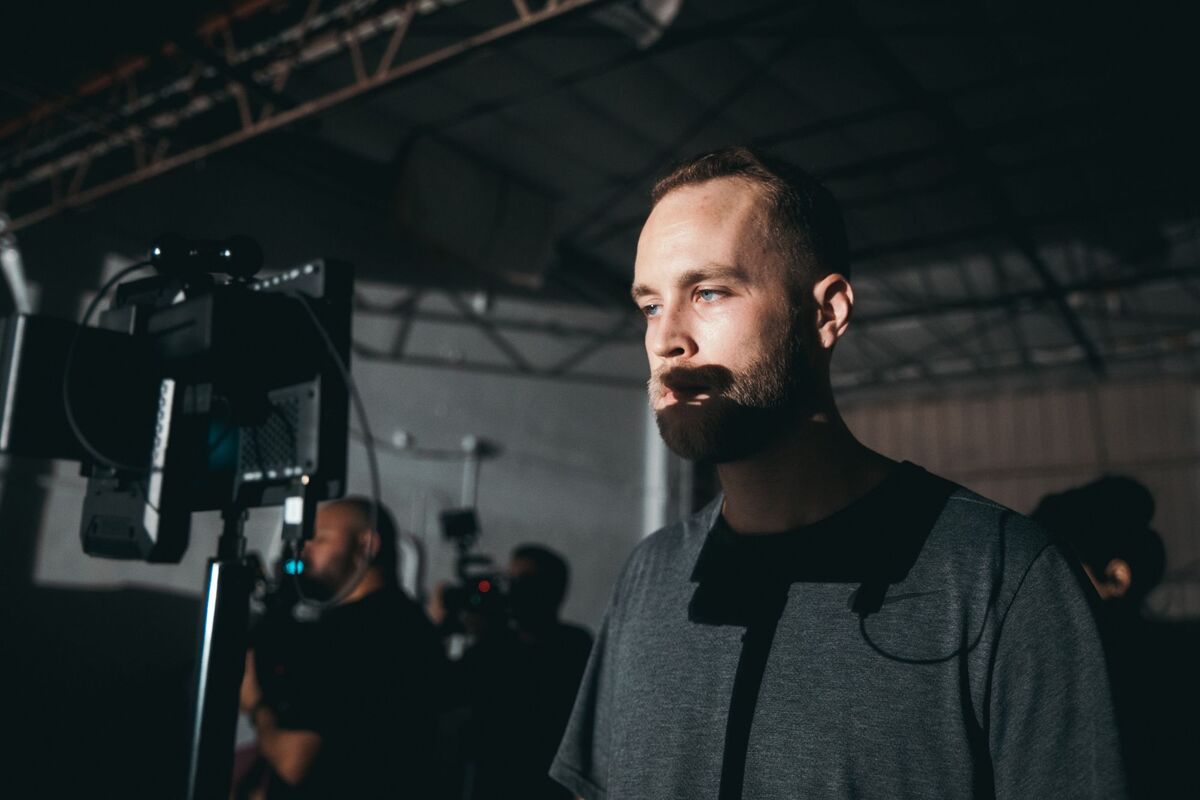
Choosing a camera, knowing the different types of camera lenses, and adjusting the lighting setup – all part of a cinematographer's job. Being a cinematographer is a multi-faceted job and requires an equal part artist, technician, and manager – sort of like an all-inclusive luxury resort.
I know all this sounds a bit hectic and much to take on for one person – do not get me wrong, it is! There is a silver lining in this, though. The more you work, and the more you practice, the more likely your craft will evolve. In time you will get easy-breezy through an entire shot. Ever heard the phrase "practice makes perfect"?
Now that we have gone through what a cinematographer is. Let's take a look at the elements of cinematography is.
The duties and responsibilities in cinematography
Establish the visual look
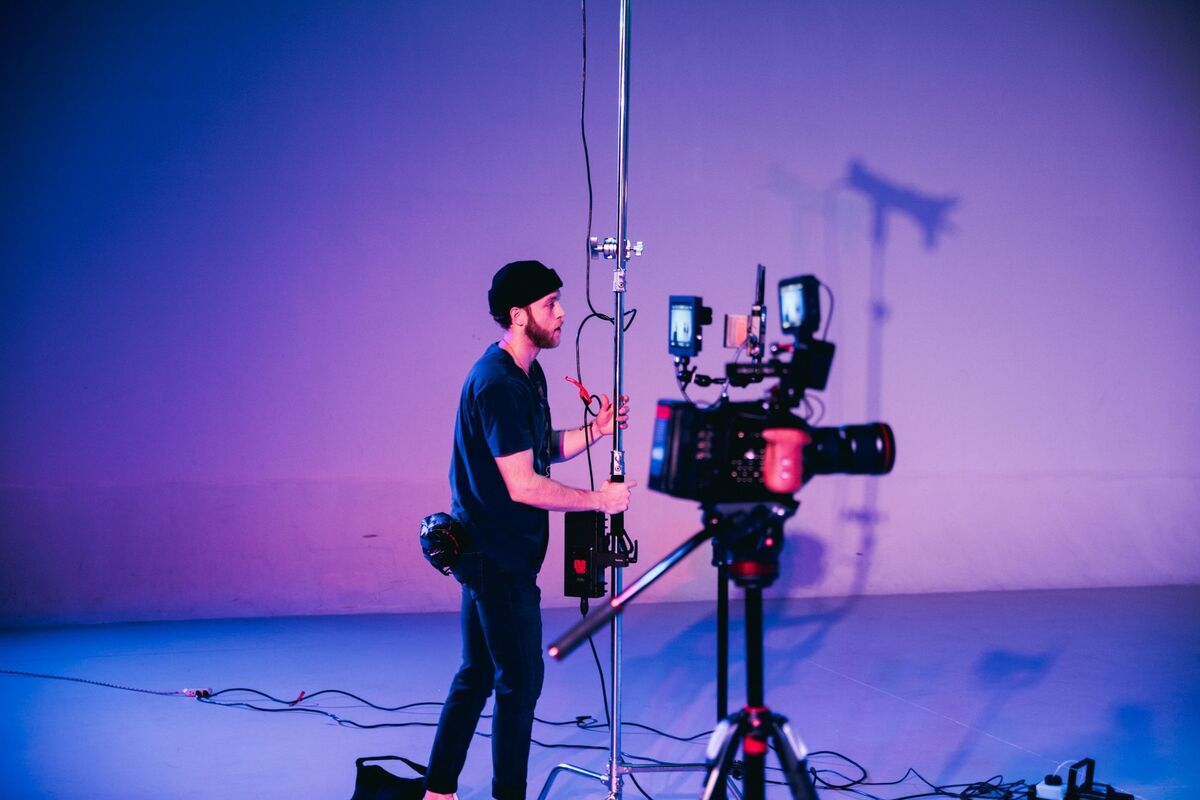
Cinematography entails choosing the visual look and feel for the film. Imagine The Blair Witch Project not shot with a documentary look – would it have become an iconic sensation? Or imagine that La La Land had not been filmed with the anamorphic lens to help give it that romantic feel.
If you want to know more about the anamorphic lens and what it can give to your movie, you can read much more about what it is and why you should use it.. Or if you already got all the basics covered, you can find the best anamorphic lens for your next project– La La Land Vol. 2, perhaps?
How you approach a film will ultimately determine what kind of movie the audience sees. Both La La Land and The Blair Witch Project would have been entirely different movies if any other cinematography techniques had been in play.
Determine the camera setup
Cinematography also entails establishing a camera setup for every. Single. Shot. A cinematographer got a lot of duties and responsibilities. Deciding the types of cameras, lenses, camera angles, and generally needed camera techniques is part of it. You need to consider, down to the tiniest detail, which cinematography techniques to use to bring the scene to life.
Remember, one scene might be best using a prime lens, while another should use a zoom lens. Or perhaps, the opening shot should be an eye-level shot, but the next one should be an extreme close-up. The list could go on, but you get the point.
What’s more? You are not working alone. You are working with script supervisors, directors, and, if necessary, location managers. To find each scene’s design and wanted mood, you need to take all of these wishes and visions into account to help keep the right visual appeal.
Decide for a lighting setup
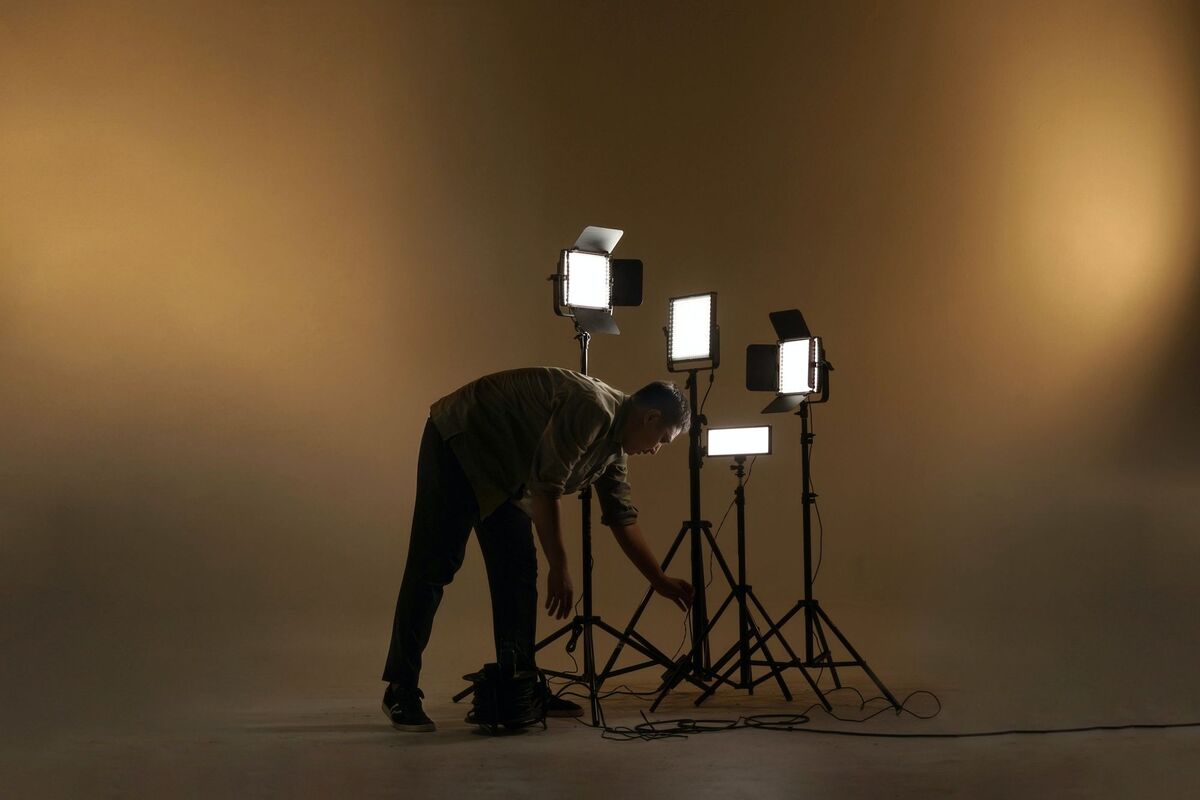
Determine the correct lighting setup for every scene. In filmmaking you must understand the importance and movie-altering effect a proper lighting setup can have. You need film lighting techniques to create the visual mood the director is trying to achieve.
A cinematographer must know how to enhance features such as an image’s depth, contrast, and contour – whatever you need to do to support the story’s atmosphere, you do.
No doubt the Godfather movies have left its mark in the cinematic world – part of that mark? Lighting. Gordon Willis, who instructed the films, changed the way to lit stars. For the first time, you would have a light above the character that would make shadows so you could not see the actor’s eyes. In a way, such a simple technique and yet a stroke of genius. This unique lighting set the mood and helped build the Godfather character.
What's your stroke of genius?
Get to know the location.
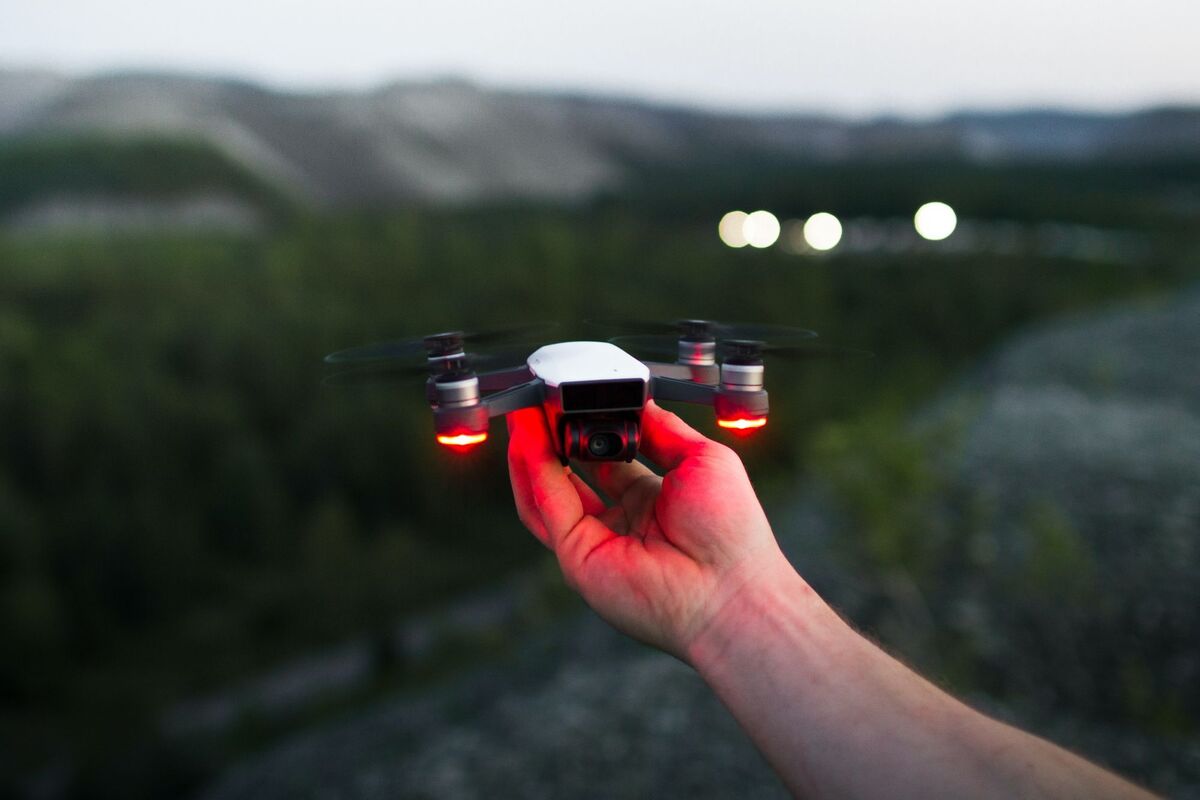
Cinematography entails more than finding appropriate shots and angles. The talented cinematographers understand that location plays a significant role. A cinematographer needs to explore the place of each scene – what is that location’s potential?
Suppose winter is coming, and you are filming the location in a way that looks more like a couple of Margheritas is coming, well. In that case, that can easily ruin the way the audience interprets the mood. Know what techniques you should use, texture, contrast, colour, and so on.
Use rehearsals to your benefit
As mere mortals, it can be hard to anticipate every single thing. So, use the actor rehearsals to your benefit. It is possible that you already have in mind how you want to capture a specific scene, and while that is nice in theory, you also need it to work in practice. You might have done everything according to the script, but if the actors are not captured successfully in it, it will not be a great shot.
Attend rehearsals to see how the actors are moving in a particular scene. Notice if they have any specific gestures or facial expressions that you want to capture and adjust your setup accordingly.
Be an advisor to the director.
Cinematography means capturing the director’s vision and make it a reality. However, the director is just as much a human as everyone else. There might be great ideas out there that the director has not thought of. A good cinematographer needs to fill in that potential gap with new ideas and concepts to help take the movie to the next level.
Cinematography techniques
Now, that you got a better understanding of what cinematography is and the responsibilities and duties of a cinematographer, we can move more into cinematography specific lingo.
Lighting

You read about it above, and I am mentioning it again. Lighting is movie-altering!
The lighting setup plays a fundamental part in what the audience sees and experiences. It will set the mood. Take comedies, for example. These will typically use high-key lighting to remove any areas of darkness or shadows, I mean, unless it is a twisted sense of humour, but that is another story. Oppositely, genres like thrillers or noir films will typically favour low-key lighting to emphasize the moodiness and mystery. Imagine Sin City with “comedic” highlights – I know, exactly my point.
In large productions, you will have a lighting crew. As head of cinematography, you need to know what the best type of lighting is.
Before we dig into what kind of lighting setup you should use, let’s go back to basics.
Light is measured in Kelvin (K), which measures the temperature scale. The lower the K, the redder the tone the light has. In contrast, a higher K will mean more of a yellow-, white- and blue light. To put it into perspective: A clear blue sky can have 10,000K... Remember sunscreen, kids.
Now the lighting setup
The most common lighting setup is the three-point lighting setup. Well, the name is a pretty big tell with this one. It is a lighting setup where you use three light sources.
The first point is the key light, also the primary light source, that provides essential lighting to the object, person, or eras you want to show. The light shines directly on a subject from either the front right or front left. The purpose of the key light is to establish an overall atmospheric mood.
The second light is the fill light, which will fill the subject with a softer light. If you only use one small fill light, you will achieve many shadows and get a dark and mysterious look. If the key light is placed front left, the fill light should be placed at the front right.
The third and final light is the backlight, also called rim light. This light will give a three-dimensional appearance to the subject. Much like the name suggests, it is placed in the back of the subject. Having a backlight will help separate your subject from the background.
You can add more lights to the scene as you please and depending on what you are trying to convey.
This three-point lighting is just the beginning. Think outside of the box! Use the light in different angles, turn it off, add ten more – whatever you want – break the rules.
Types of lights
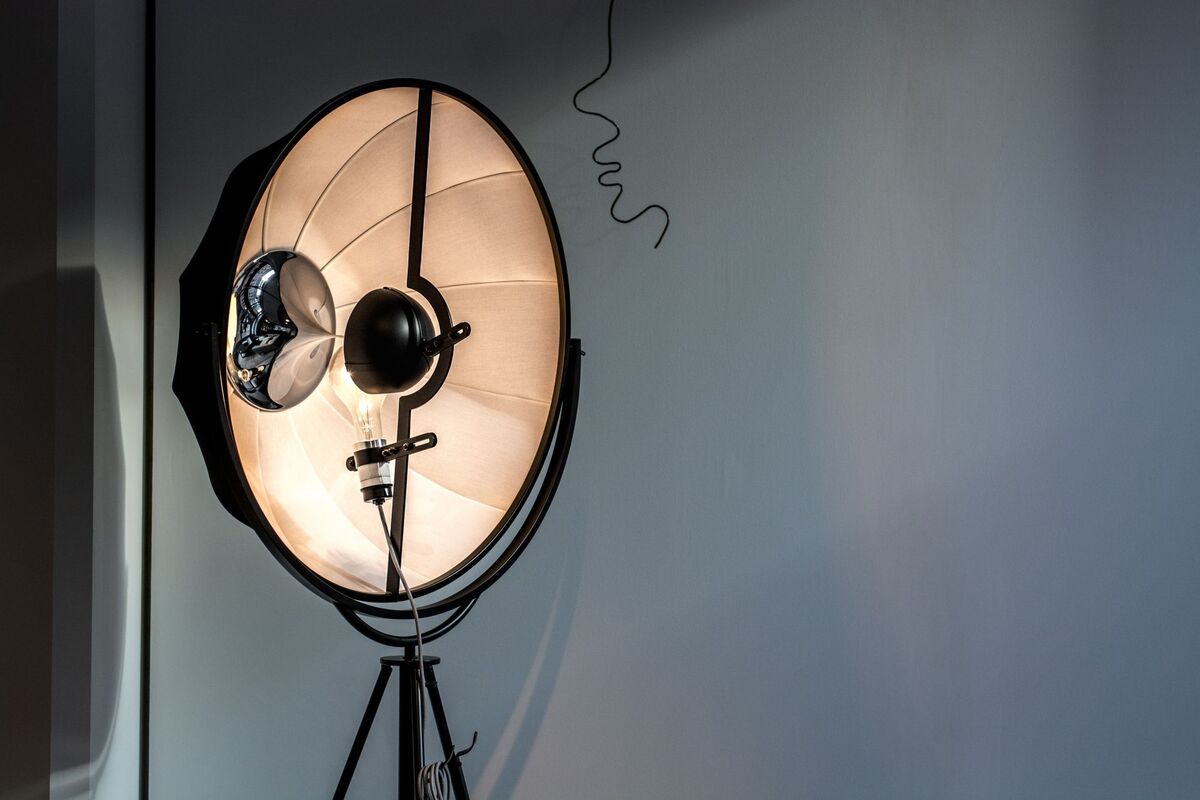
Just as there is an endless lighting setup, there is an infinite lighting type – what a joy!
For film productions, there are some types of lights, more common and useful than others. So, try to become familiar with lights such as Tungsten, HMI, Fluorescent, and LED. And of course, the lighting source mother earth gave us – the sun (exclusive news: that one is free to use).
Shot size & shot composition

Think about how much of the shot the audience should be able to see. Should the audience see the whole Grand Canyon by using an extreme wide shot, or should they have an intense stare contest with Mr Gyllenhaal using an extreme close-up shot?
One of the most critical decisions in cinematography is the shot composition. Composition refers to how each shot is framed and all the elements within that frame. It is a crucial aspect of cinematography as this can help determine what the audience sees, knows, and feels.
Here is a breakdown of the different types of shot sizes & compositions.
Extreme wide shot. These are usually at the beginning of a scene. It helps the audience identify where the scene is taking place. This shot should be a photo of a location you know the audience will recognize immediately. Show the Golden Gate Bridge – not the local Delhi.
Wide Shot. The wide shot is showing the character from head to toe. These shots show the audience the context and space of a scene.
Medium- or mid-shot. This shot size will show the individual from the waist up. These types of shots are usually for filming a conversation.
Medium Long Shot. These types of shots frame the subject from the knee and up. Often this means that the audience focuses more on the surroundings rather than the character itself.
Medium Close-Up Shot. It shows the character from the middle of their chest and up. The purpose is to emphasize the character's facial expressions and body language.
Close-up shot. These will usually be in an emotional scene, where we want to see everything the subject is thinking and feeling. Use this shot size for dramatic scenes where the audience should feel some emotion toward that particular scene.
Two-shot and three-shot. As the name suggests, this is for when two or three people are in the shot. Imagine a conversation between two people; the audience sees both the talker and the "reacter," which helps them take in the meaning of their conversation. Should the audience only focus on one person at a time, then the person speaking is shown. When this person stops talking, the other person's reaction may be displayed in a separate shot.
Over-the-shoulder shot. The name is a spoiler, but this is the type of shot you take over the characters' shoulder. The audience sees the shoulder and one side of the other person's face and neck. The aim is to give the audience a subjective viewpoint or make the audience feel like they are part of the action.
Point-of-view shot. This type of shot is very similar to the over-the-shoulder shot. The audience gets the same observation as the character – without the shoulder and side of the head visible. This is more of a first-person view, where the audience sees what the character is seeing and is more likely to take a mile in that character's shoes.
High-angle shot. The camera looks down on the subject from above their eye level. When a director wants to use a high-angle shot, it is typically because he/she wants to display the character as weak, vulnerable, or inferior. It can also create a surveillance-like feeling or otherwise as useful to provide more information from a narrative perspective.
Low-angle shot. In direct contrast to the high-angle shot, the low-angle is a camera angle where the subject is seen below their eye level. They are most often used to signify status, superiority, or dominance – creating vicious villains or larger-than-life heroes.
Eye-level shot. The camera is positioned so the subject can look directly into the lens without moving their eyes up or down. It is to simulate a neutral view. It is good to use for capturing facial expressions and emotions. If you aim to draw the audience in and make them connect with the subject, an eye-level shot is a good choice.
Dolly shot. A dolly shot is like a tracking shot where the subject is followed on a dolly cart. They are used to take smooth and controlled shots, almost as if the camera is floating. It can be great to direct the viewer’s attention and is fantastic to reveal a location.
Honestly, I could keep going, but there is probably a time and place for that. The point is, there are so many options when it comes to shot sizes and angles that all can help support the story.
Speaking of camera angles – learn all the essential camera angles (psst, and shot sizes, composition and much more, too). Guess I found the time and place for it ;-)
Camera focus

Part of cinematography is to use camera focus to emphasize different aspects of the story. Let's take an example.
Let's say you are filming a scene of an elderly. She is telling a tale from her youth, as she tells her story, a flashback appears. These flashbacks are not the same style, though; they are blurry, more highlighted, and more romantic looking. This makes the story of our elderly character seem like a blast from the past.
Another example? Imagine Mr. Chow on his way back from a crazy night in Las Vegas. To illustrate that he is not sober – Vegas... The shot goes in and out of focus. Enough to make the audience almost feel dizzy.
It is natural to be a bit hesitant of letting your shot go in and out of focus – when did that ever do any good, right? The thing is, it is this play with focus that a cinematographer can use to emphasize the essential elements of a story.
Camera placement

A big part of cinematography is how the camera placement. Is it close to the subject or far away? This affects how the audience reacts to the shot, and so, the rest of the scene.
Different camera placements can significantly impact how the audience perceives a character's behavior and helps set the scene's whole mood. Where the cinematographer chooses to place the camera will influence the emotional weight of the scene.
Let's say you are placing the camera close to two persons having lunch; you might leave the audience with a feeling of "I'll have whatever she's having." You could place it far away from the couple, which creates a sense of surveillance, that someone is watching them.
Camera movement
To move or not to move...
Choose to move the camera as the characters move and create a feeling og perspective or choose to keep it static. When the characters move, the audience will have a sense of separation.
This cinematography technique can also change how the audience percieves a film.
Ever seen Fast & Furious? They've made like 40, so pretty impressive if you haven't. The point is, as the car chase goes on, the camera moves with the chase. In that way, the scene intensifies as the audience is now placed right in the middle of the conflict. Imagine a static camera; there would not be much excitement as they would be gone ina flux – definitely, not worth 40 movies.
However, in another situation, for example, in an office drama, a static camera could help heighten the tension. With nowhere to escape, the audiece is forced to warch and wait while the drama goes on.
Camera Gear
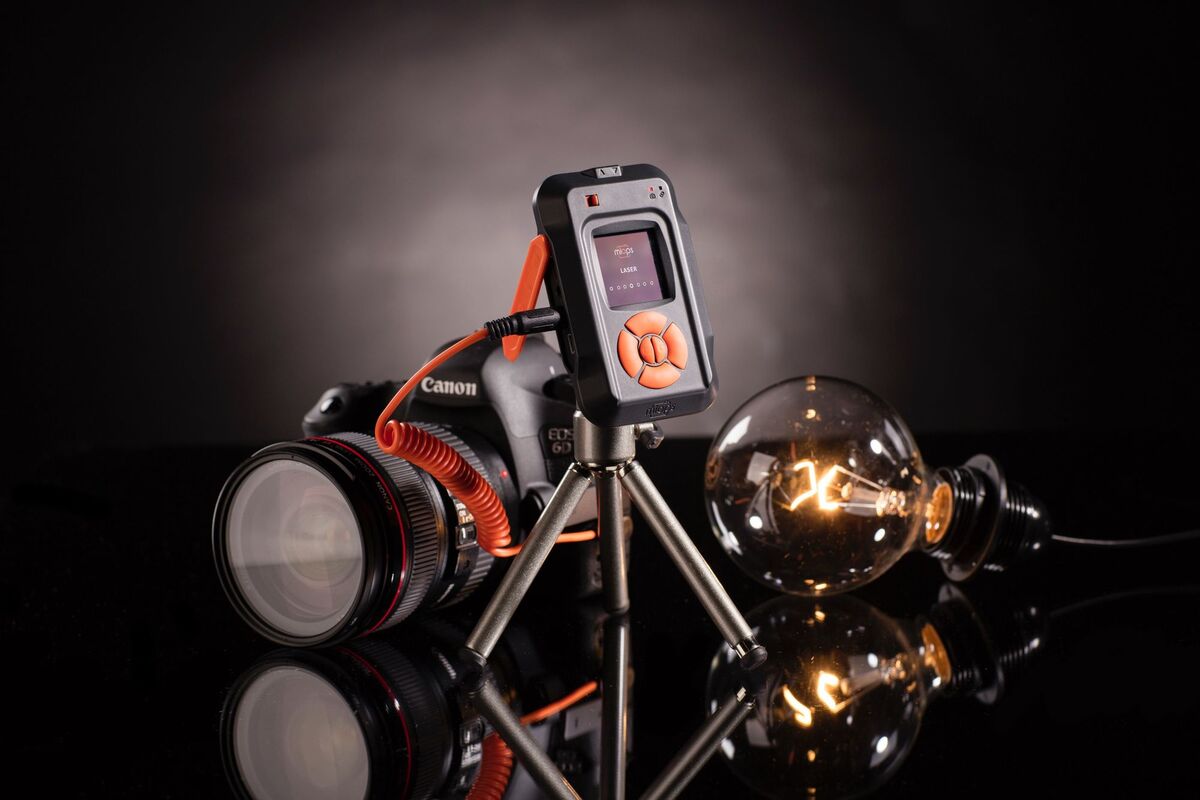
This is pretty much a no-brainer – to play around with camera movement, shot size, composition, and focus, you need… a camera.
Cinematography means choosing the right camera for the film production. And with so many camera options out there, it's quit frankly easy to get lost.
You might have a large budget, but that doesn't mean you should get the most expensive camera. Or you might need a cinematic look, but an action camera like the GoPro will be most suitable. While you might look at a camera's technical capabilities, you should not look at this solely.
Instead, focus on which camera will fit your purpose the best way possible.
To help you find the best camera for your next movie, read more about the best professional cinema cameras for filmmaking.
Additional equipment
A big part of cinematography is to find equipment that can support the visual story. Everything from cameras and lenses to dollies and gimbals is what a cinematographer is responsible for deciding. A cinematographer needs to consider what equipment will help realize the director's vision.
Some will argue that a lens is equally, if not more important, than the actual camera, I might be inclined to agree. But that is another story and not the point. The point is that camera lenses are a deal-breaker. Overall, there are two different lenses you can choose from.
The prime lens is probably the one most often used in cinematography. A prime lens is a lens with a fixed focal length, usually between 20-120mm, which means that you can only change the angle of view by physically moving the camera. The reason so many use it for cinematography purposes is due to its superior optical quality.
The other type of lens you will find is the zoom lens. Unlike the prime lens, the zoom lenses have adjustable focal lengths, which allows for greater manipulation of the angle of view. While zoom enables a lot of flexibility (which we like), it compromises image quality, weight, and aperture. However, if you are doing a film where you need to shoot a wide range of subjects, such as landscapes and portraits, the zoom lens is perfect.
Once you got that locked in, try to plan what other types of equipment you need. If you know what the scene calls for, you can decide what kind of equipment will help support that scene's visual expression.
Consider if you should get a tripod. These are good if you want to achieve a steady shot, or just a simple pan, tilt, or zoom. If you are using a zoom lens, you can lock the tripod in place and let the lens do all the zoom work. On the other hand, if you plan to use a prime lens, set the tripod on a dolly to do it for you.
A dolly, you ask?
A dolly is a flat platform with wheels (usually). Then you let the dolly capture those butter-smooth movements. A dolly is often used to capture tracking shots.
Similar to the dolly is the crane, I said similar, not the same. Place your camera on a crane or a jib to frame characters from high above or far away. While some dollies will be digitally controlled, others are manually controlled by the cameraman. In case you do not have unlimited equipment funds, cranes are also an excellent replacement for drones.
There are tons of camera equipment that might be relevant to your film. So, make sure to plan, collaborate with the director, and figure out what you need to make your movie the next "and the Oscar goes to…".
Getting started as a cinematographer
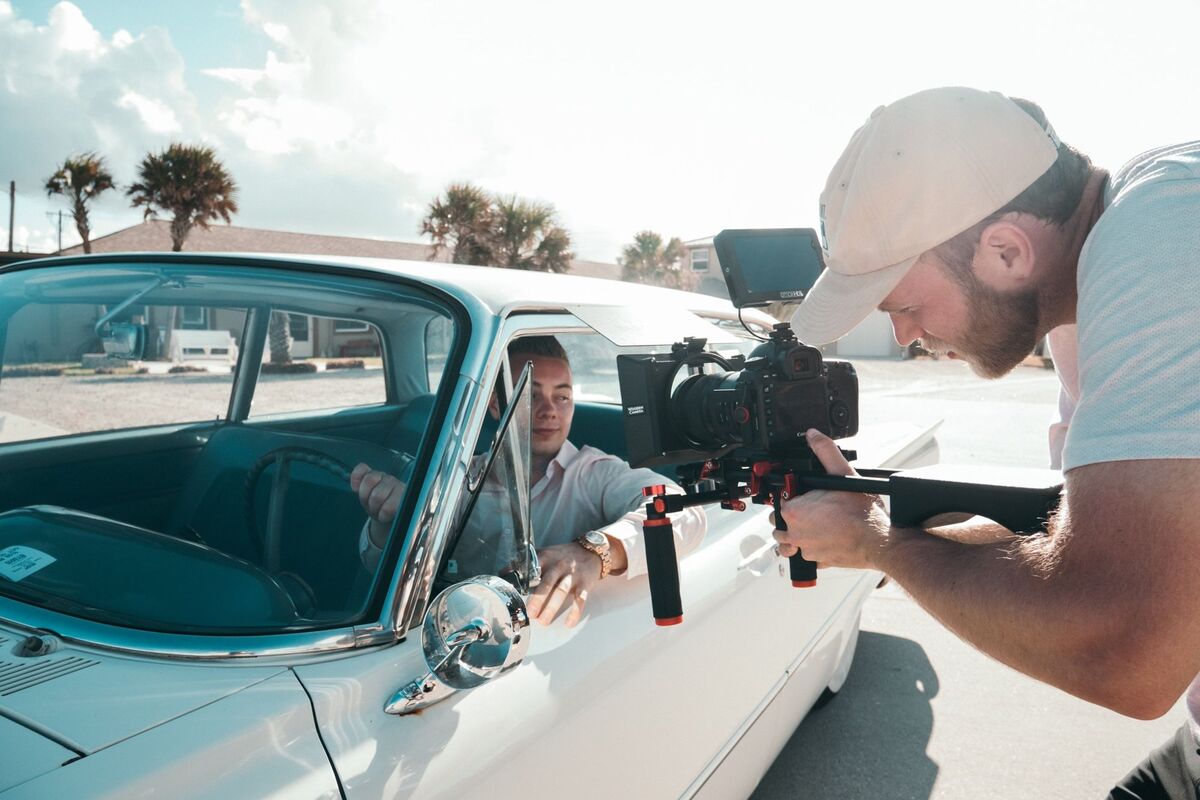
Going through this whole post takes time because, let's face it – there is a lot. And not everything is as easy in reality as it is on paper. The only way to become a genius in the cinematography field is to start shooting.
Yep, that's my advice.
There are things that studies, reading material, and YouTube videos can't teach you.
What do you need to know to get started as a cinematographer? Well, let's find out. Lezgo.
About the instructor
Ties Versteegh
Cinematographer
Amsterdam, Netherlands
Ties Versteegh is a Dutch DOP and cinematographer. His main inspiration includes fairytales like Alice in Wonderland or Miss Peregrine’s Home for Peculiar Children.























